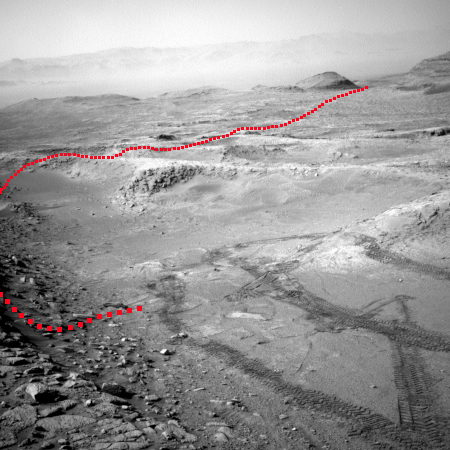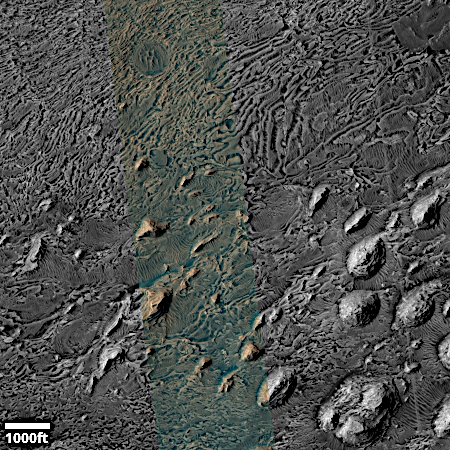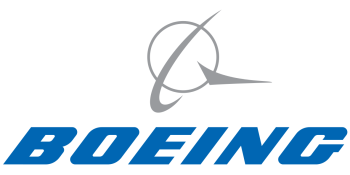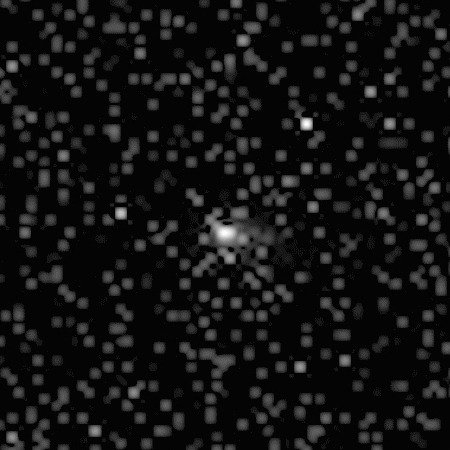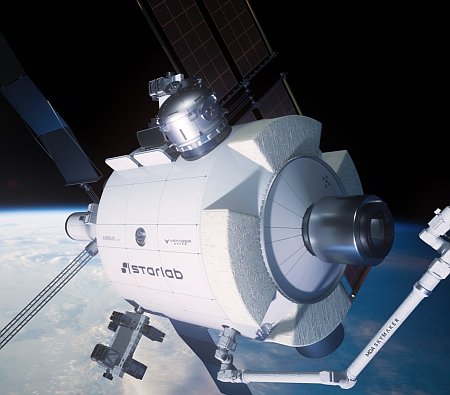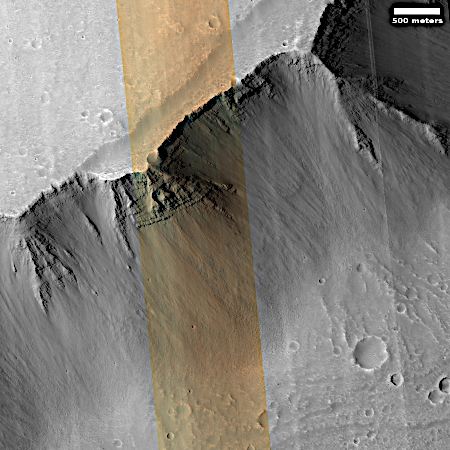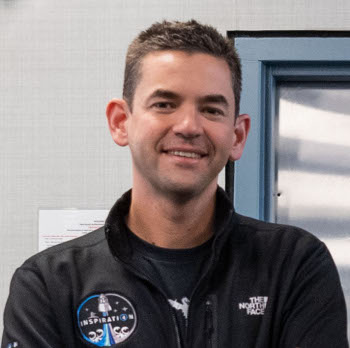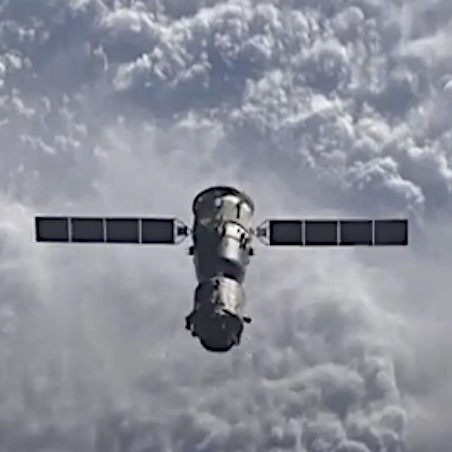November 10, 2025 Quick space links
Courtesy of BtB’s stringer Jay. This post is also an open thread. I welcome my readers to post any comments or additional links relating to any space issues, even if unrelated to the links below.
- European Atmos space cargo startup signs deal to fly payloads on French rocket startup HyprSpace’s suborbital Baguette-1 rocket next year
Atmos wants to test components of its proposed orbital re-entry capsule
- Sierra Space is seeking $300 million in fresh funding to shift focus from civilian space to defense contracts
The full article is behind a paywall so no details are available, though the company’s shift in this direction does appear real based on other recent stories.
- Delivery of 17 new Globalstar satellites being built by MDA (with Rocket Lab as its subcontractor) delayed until 2026
It appears the cause is a new MDA production facility not yet up to speed. It also appears Globalstar will claim damages from MDA.
- India’s space agency ISRO declares its NISAR radar satellite, built in partnership with NASA, is now operational
The satellite is designed to study the Earth’s forests and ice surfaces.
- Fairing pieces from a Chinese Smart Dragon-3 (Jielong-3) rocket found on Japanese coast
This is the second time pieces from the September 24, 2025 sea platorm launch have ended up on someone else’s territory. Previously a burned tank was found in the Australian outback.
- Roskosmos is apparently switching from 6-month to 8-month missions on ISS, reducing launches from 2 to 1.5 per year
The reduction is not news (though I can’t find the original announcement from several months ago). It is caused by Russia’s bad cash shortage, resulting from the international sanctions imposed after its invasion of the Ukraine.
Courtesy of BtB’s stringer Jay. This post is also an open thread. I welcome my readers to post any comments or additional links relating to any space issues, even if unrelated to the links below.
- European Atmos space cargo startup signs deal to fly payloads on French rocket startup HyprSpace’s suborbital Baguette-1 rocket next year
Atmos wants to test components of its proposed orbital re-entry capsule
- Sierra Space is seeking $300 million in fresh funding to shift focus from civilian space to defense contracts
The full article is behind a paywall so no details are available, though the company’s shift in this direction does appear real based on other recent stories.
- Delivery of 17 new Globalstar satellites being built by MDA (with Rocket Lab as its subcontractor) delayed until 2026
It appears the cause is a new MDA production facility not yet up to speed. It also appears Globalstar will claim damages from MDA.
- India’s space agency ISRO declares its NISAR radar satellite, built in partnership with NASA, is now operational
The satellite is designed to study the Earth’s forests and ice surfaces.
- Fairing pieces from a Chinese Smart Dragon-3 (Jielong-3) rocket found on Japanese coast
This is the second time pieces from the September 24, 2025 sea platorm launch have ended up on someone else’s territory. Previously a burned tank was found in the Australian outback.
- Roskosmos is apparently switching from 6-month to 8-month missions on ISS, reducing launches from 2 to 1.5 per year
The reduction is not news (though I can’t find the original announcement from several months ago). It is caused by Russia’s bad cash shortage, resulting from the international sanctions imposed after its invasion of the Ukraine.

